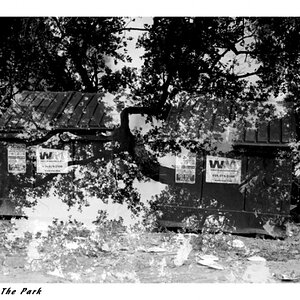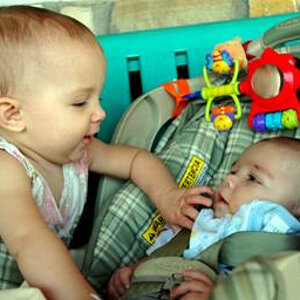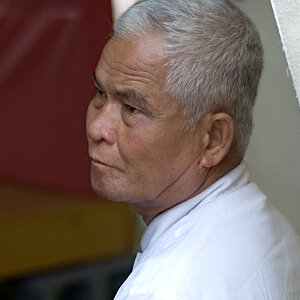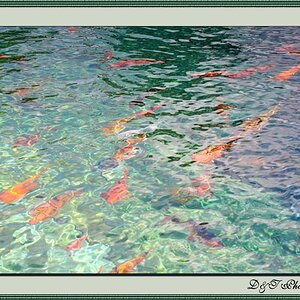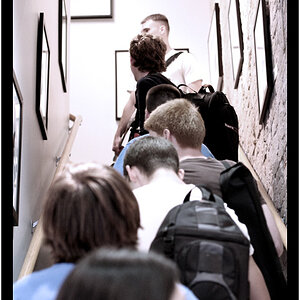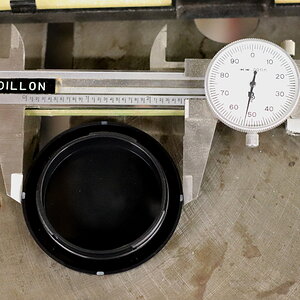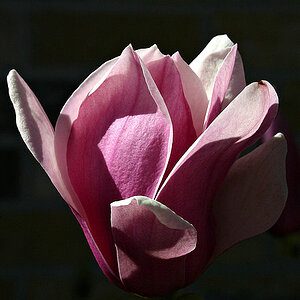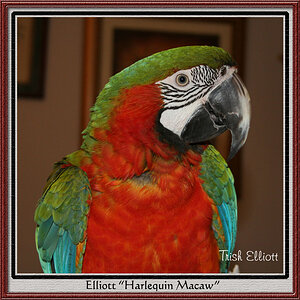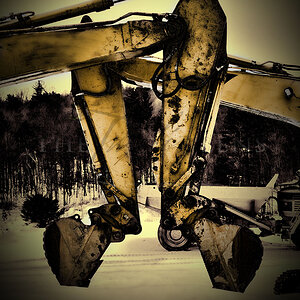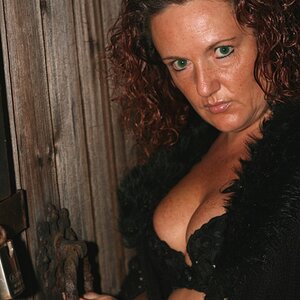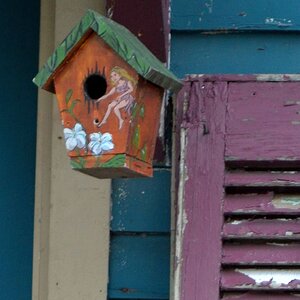mysteryscribe
TPF Noob!
- Joined
- Feb 1, 2006
- Messages
- 6,071
- Reaction score
- 3
- Location
- in the middle of north carolina
- Website
- retrophotoservice.2ya.com
- Can others edit my Photos
- Photos OK to edit
In the early days to promote photography as a serious art form... Edward Weston, Ansel Adams and a few others formed an exclusive club known as f64 should have been named us 128 but they backout off. They were afraid they would sound like a motorcycle club I guess.
Anyway I'm thinking paper negative shooters should have a club. You know with meetings and parties. Maybe even our on house on campus when we convert enough others. We can maybe even merge with the chess club. Maybe even costumes and a secret handshake would be appropriate. Get ourselves a grand poobah maybe, who knows.
Anyway I'm thinking paper negative shooters should have a club. You know with meetings and parties. Maybe even our on house on campus when we convert enough others. We can maybe even merge with the chess club. Maybe even costumes and a secret handshake would be appropriate. Get ourselves a grand poobah maybe, who knows.





